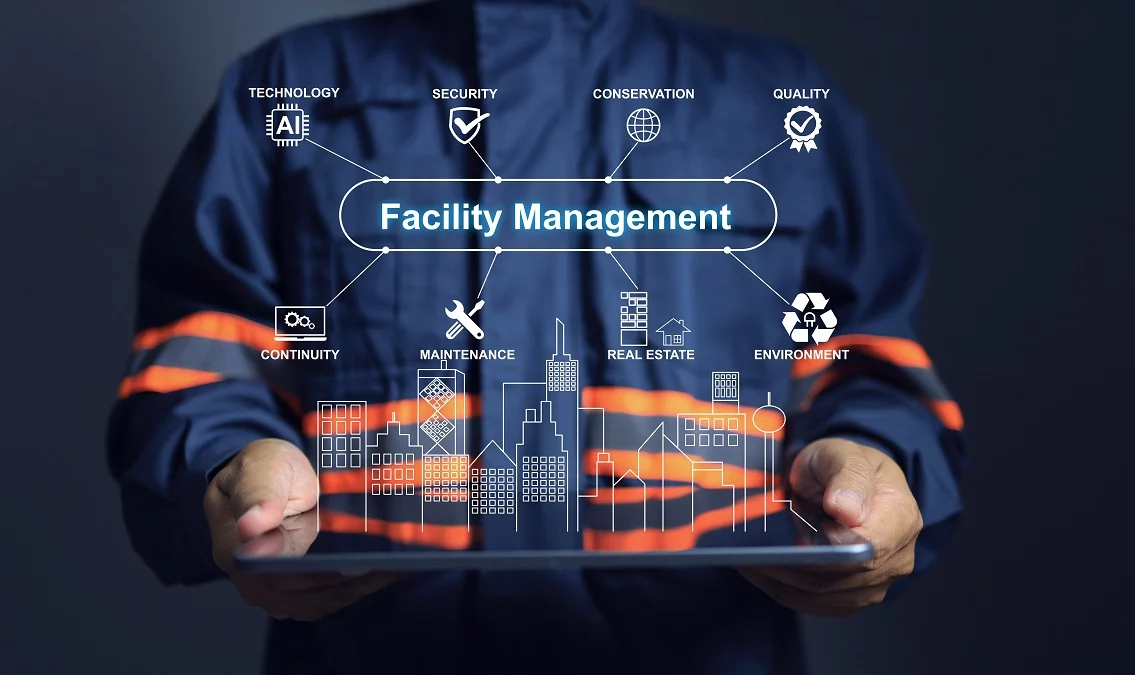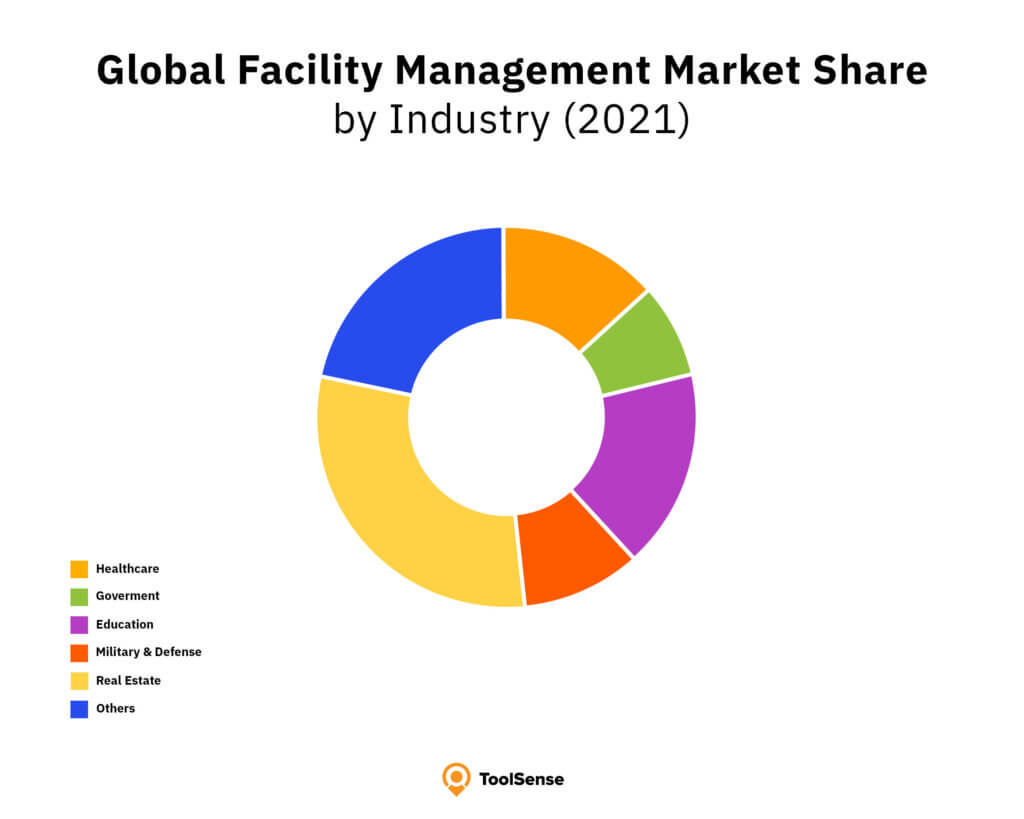The Necessary Overview to Facility Management: Strategies for Success
Facility management plays a critical duty in the total success of an organization, acting as the foundation that sustains efficiency, security, and efficiency. By utilizing critical strategies such as integrated technical options and promoting cross-departmental collaboration, companies can substantially enhance their functional foundations. However, the subtleties of effective center administration expand beyond plain logistics and need a comprehensive understanding of both measurable and qualitative metrics. As we check out these essential methods, a closer examination exposes how they can transform not simply centers, yet the actual culture within an organization itself. What might these changes appear like in method?
Recognizing Center Monitoring
What constitutes effective facility management? Effective facility management encompasses the control of different business features to make sure that constructed settings are secure, reliable, and for performance. It incorporates the concepts of organization, style, and engineering monitoring to develop a seamless operational circulation within an organization.
Secret aspects of center management include area preparation, upkeep monitoring, and conformity with health and wellness guidelines. Room preparation focuses on optimizing the use of physical resources to support business goals, while maintenance administration makes certain that centers are maintained in optimum problem, taking full advantage of life expectancy and lowering functional costs. Compliance with regulative and legal requirements is important, as it safeguards the company against prospective obligations and improves its reputation.
Moreover, efficient facility monitoring relies upon the calculated use technology, such as Structure Monitoring Solution (BMS) and Computer-Aided Center Monitoring (CAFM) devices. These innovations facilitate real-time monitoring of structure systems and enhance upkeep processes (Facility Management). Ultimately, a comprehensive technique to facility management not just advertises functional performance however likewise fosters a favorable atmosphere for site visitors and workers alike, driving overall business success

Key Methods for Optimization
Optimizing facility monitoring requires a calculated strategy that aligns operational exercise with organizational objectives. To accomplish this, the initial key strategy is the application of incorporated technical solutions. Utilizing sophisticated software program systems enables real-time monitoring of facility operations, assisting in data-driven decision-making and boosting overall efficiency.
Secondly, routine evaluations of center efficiency are crucial. Conducting routine evaluations and audits allows center managers to identify areas that need improvement, guaranteeing that resources are assigned successfully. This positive technique assists in lessening downtime and enhancing service shipment.
One more critical strategy is fostering collaboration throughout divisions. By urging open interaction between groups, center supervisors can better align their strategies with business objectives, bring about boosted functional synergy. Additionally, involving team in training programs advertises a society of responsibility and enhances their ability to add to optimization initiatives.
Enhancing Security Protocols
Strengthening safety and security procedures is vital for developing a safe and secure atmosphere within facilities. A comprehensive safety and security procedure not only shields site visitors and workers yet likewise enhances functional effectiveness. Facility Management. To achieve this, center managers have to carry out regular threat assessments to ensure and determine potential threats that proper measures are in place

Furthermore, clear communication channels should be established to report safety worries quickly. This consists of producing an available system for workers to articulate prospective dangers or occurrences without fear of . Leveraging modern technology can enhance security procedures; for example, applying monitoring systems and access controls assists monitor center tasks and limit unauthorized entrance.
Finally, conformity with regional laws and sector criteria is non-negotiable. Routine audits and evaluations of security protocols make sure positioning with existing legislations and ideal techniques. By focusing on these methods, center managers can grow a culture of safety that shields all stakeholders and ultimately adds to the organization's success.
Improving Workplace Atmosphere
A positive office atmosphere considerably improves employee morale and performance, making it a crucial emphasis for center monitoring. To create such an atmosphere, facility managers should prioritize several crucial elements, consisting of ergonomics, looks, and staff member involvement.
Ergonomic factors to consider are necessary to decrease physical strain and pain. This includes offering adjustable furnishings, correct illumination, and appropriate area for movement. These modifications can bring about lowered absence and raised work satisfaction.
Aesthetic appeals play a crucial role fit the work environment atmosphere. Making use of color psychology, all-natural illumination, and greenery can promote a stimulating and welcoming setting. Attentively developed areas can enhance creativity and improve overall well-being.
In addition, encouraging worker interaction through comprehensive decision-making processes can enhance the feeling of ownership and belonging. Collecting responses on work environment enhancements and entailing employees in the style process can result in an extra customized environment that meets their requirements.
Last but not least, advertising health campaigns, such as health cares and leisure rooms, can even more add to a helpful office culture. By concentrating on these strategies, facility managers can efficiently enhance the office atmosphere, driving both worker satisfaction and organizational success.
Determining Success in Facilities
Gauging success in facility management needs a comprehensive strategy that examines both quantitative and qualitative metrics. Measurable metrics commonly include key performance indications (KPIs) such as room usage rates, energy usage, upkeep expenses, and tenancy levels. These metrics supply a clear image of operational efficiency and monetary efficiency, enabling center managers to identify areas for renovation and criteria versus sector requirements.
Qualitative metrics, on the various other hand, emphasis on user satisfaction and worker interaction. Surveys and responses systems can assess exactly how well the facilities meet the needs of passengers, helping to examine the total workplace atmosphere. This element is essential, as a pleased labor force is commonly advice connected to enhanced performance and retention rates.
To properly measure success, facility managers should also consider integrating innovation, such as constructing administration systems and information analytics devices, to collect and assess appropriate information. Consistently assessing both sets of metrics permits his explanation a much more balanced view of efficiency and educates calculated decisions. Ultimately, a successful facility administration strategy rests on a dedication to constant renovation, ensuring that both operational efficiencies and individual complete satisfaction are focused on.

Conclusion
In final thought, efficient facility management is essential for enhancing business performance. Prioritizing security procedures and improving office settings even more add to enhanced employee contentment.
Facility monitoring plays a critical function in the general success of an organization, serving as the backbone that supports safety and security, effectiveness, and performance.Key components of center monitoring include room preparation, upkeep monitoring, and compliance with health and safety regulations.Additionally, effective center monitoring counts on the critical usage of technology, such as Building Administration Equipment (BMS) and Computer-Aided Center Management (CAFM) devices. Inevitably, a comprehensive strategy to center administration not only promotes functional effectiveness but likewise promotes a positive atmosphere for site visitors and staff members alike, driving general organizational success.
Inevitably, an effective center monitoring strategy pivots on a commitment to continual improvement, making sure that both operational effectiveness and individual fulfillment are prioritized.
Comments on “Comprehensive Guide to Facility Management for Services”